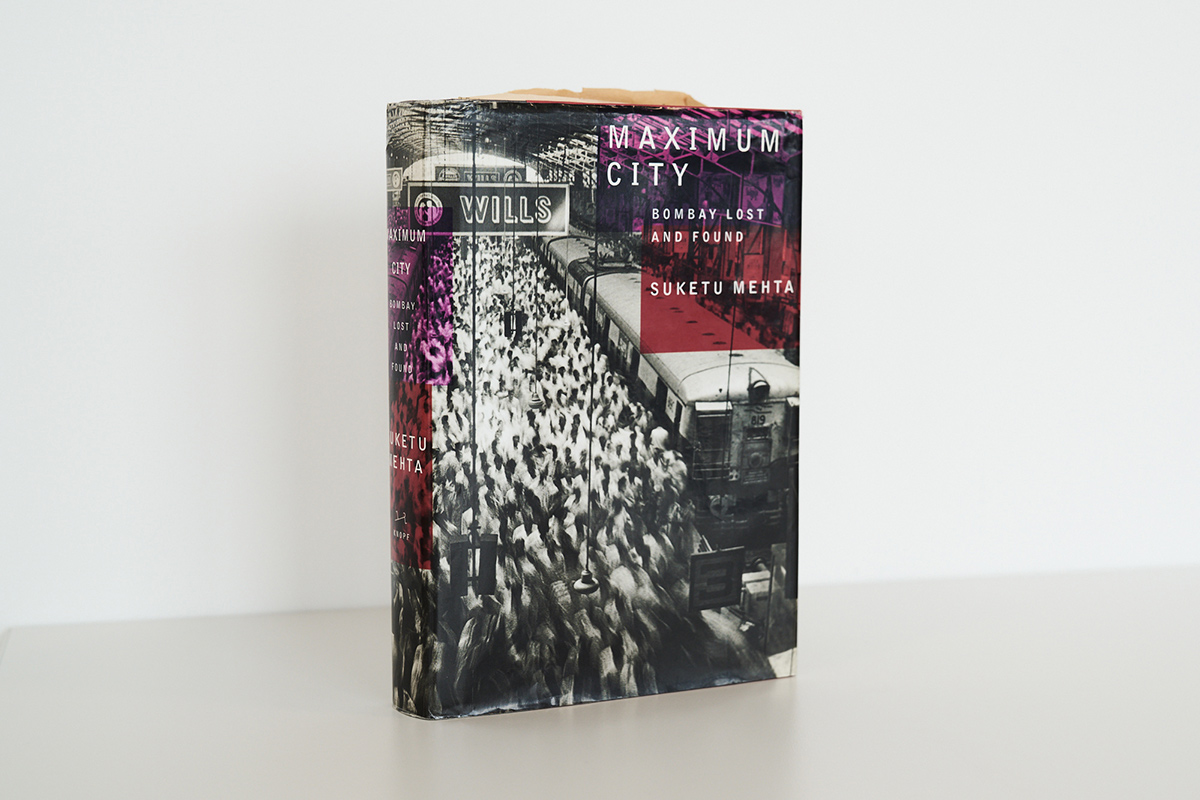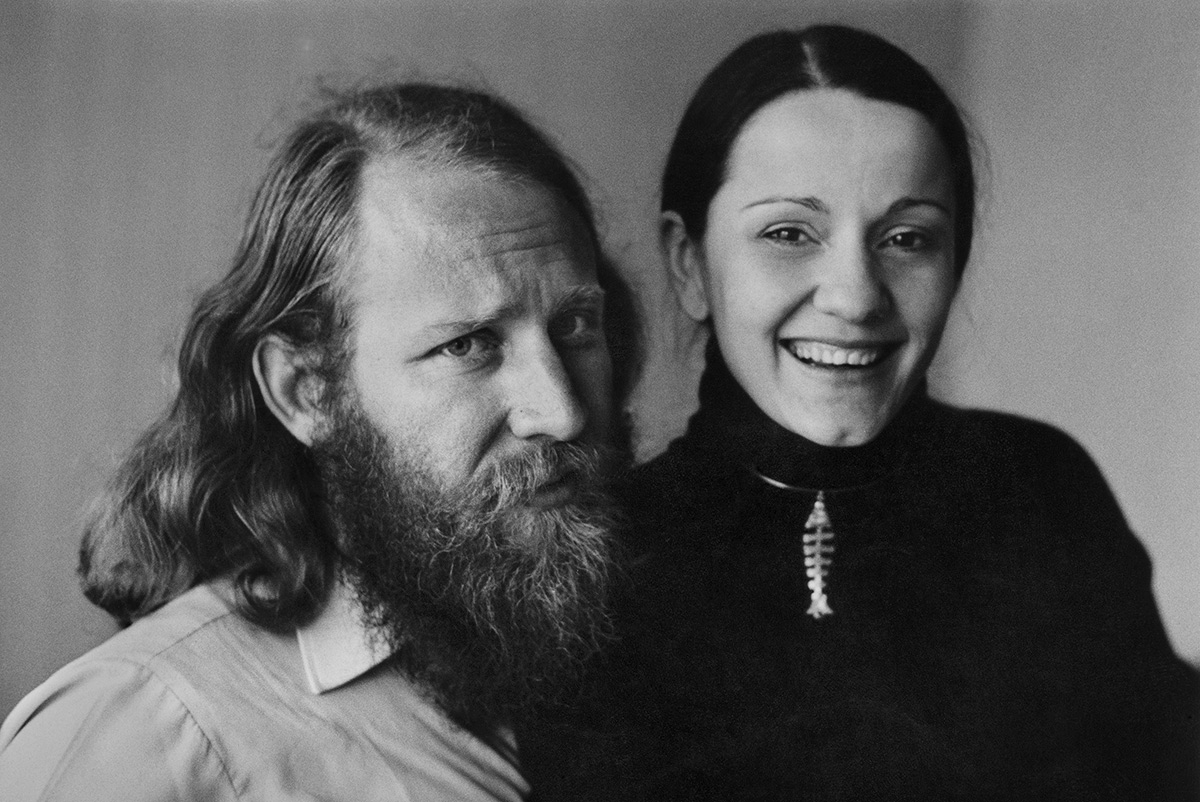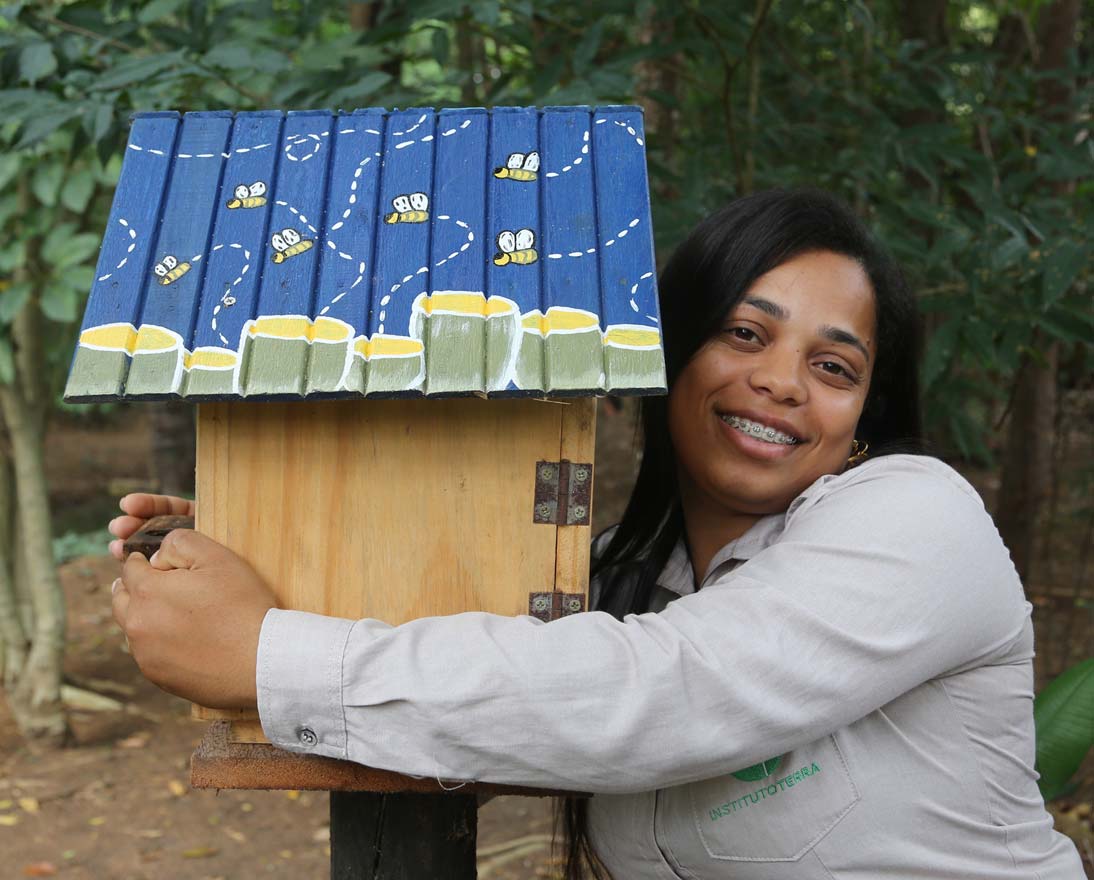Salgado at 80: a celebration
PeopleArticleAugust 6, 2024
With the photographer marking a milestone year, we look back at his extraordinary career.
You may have heard a time or two already on this channel about Sebastião Salgado’s latest photography exhibition “Amazônia,” which has been shown at some of the finest art institutions in Europe and Brazil. The one-word review? Extraordinary!
Earlier this year, Salgado turned 80, and it got me thinking way back to – gulp! – the 20th century, the late 1990s to be more precise, when I first came across his photographs. They were published in the influential U.K. journal Granta, which was celebrating the 50th anniversary of India’s independence, and Salgado took a remarkable series of Mumbai, formerly Bombay.
I was a young editor at Esquire magazine at the time, and Salgado’s work, like some of our best writers, appeared both timely but timeless, urgent but poetic, world-weary but world-wise.
He was a photojournalist, formerly of the fabled Magnum agency, but his work reached the level of art, much like Esquire’s finest nonfiction writers throughout its history – Michael Herr, Joan Didion, Gay Talese, James Baldwin, Gloria Steinem, Norman Mailer, David Foster Wallace – produced not only mere articles but something more lasting: literature.
Every month back then, a senior editor gave me a small but coveted bit of real estate in the “front-of-the-book” section of the magazine for a column called “Next Up,” which, as its title suggests, was about what some of the day’s top cultural figures were working on. He gave me free rein to choose the handful of eclectic creatives each issue – artists, filmmakers, musicians, writers – from Nan Goldin to Todd Haynes; Biggie Smalls to Tom Wolfe.
So I had to find Salgado, by hook or crook, and include him in “Next Up.” And I did, in the May 1997 issue, along with the film directors Peter Greenaway and Mary Harron, the author Alexander Stille and the singer-songwriter (and “Godfather of Rap”) Gil Scott-Heron. Not a bad quintet, looking back on it.
Sweeping, epic, grandiose
Salgado explained to me at the time that he was promoting his book Terra: The Struggle of the Landless, and traveling to Iran, Turkey, Lithuania and Germany to follow the plight of the Kurds for his Migrations project, which he was still very much in the midst of. It was a short interview, no more than 15 minutes, but I remember him as gentlemanly, deliberate and impassioned.
I had always loved black-and-white photography of a bygone era, especially the urban street photography of Garry Winogrand, Roy DeCarava, Helen Levitt, and Lee Friedlander. It’s a sensibility I feel close to and gets to parts of me I didn’t know were there – my own pre-history, maybe – which is what I’d like to think great art does. Salgado was different. Not better – at least not for me – just different, in form and aesthetic.
If the aforementioned group of photographers could tell an existential tale merely from a well-placed shadow dancing across New York’s Eighth Avenue while a child played on the curb, or of a person in profile gazing out a tenement fire escape, Salgado’s images were sweeping, epic, and grandiose, often of humankind fighting to exist. It’s been said that “journalism is the first rough draft of history.” If that’s true, then a Salgado image might adorn the cover of the eventual book. In fact, one of those photos of Mumbai I first came across in Granta was used as the jacket art for Maximum City, a wonderful 2004 narrative nonfiction tome of that teeming metropolis by Suketu Mehta.

Book Smart: A Sebastião Salgado image graces the cover of Suketu Mehta’s “Maximum City.” (See credit below.)
It should be noted that as vast and remote as the Amazon rainforest is, it has been documented before. For one, Claudia Andujar, the 93-year-old Swiss-born artist, has been photographing the area, and specifically the Yanomami people, since the 1970s, when Brazil was under the rule of an unforgiving military dictatorship, one Salgado and his wife Lélia Wanick fled along with other artists, musicians and thinkers. Andujar’s exhibition, “The Yanomami Struggle,” was shown in 2020 at the Foundation Cartier in Paris and in 2021 at Fotomuseum Winterthur here in Switzerland, both highly regarded institutions. And the young Irish artist Richard Mosse has crafted a powerful, 74-minute video installation, “Broken Spectre,” on the devastation deforestation has had on the Amazon. (It was most recently shown at the MAST in Bologna, Italy.) But Salgado is Brazilian; Brazil is his country, his terra. He seemed born to tell this story.

Idealists in art: Sebastião Salgado and Lélia Wanick Salgado in Paris, 1974. © Sebastião Salgado. All rights reserved
As great an artist as he is – and again, in my view, his work transcends photojournalism and becomes art – he’s not above criticism. What artist is, after all? (Just think of 20th century giants such as Picasso, Stravinsky, Ornette Coleman, who were at one point or another pilloried by critics. Michelangelo Antonioni’s 1960 film “L’Avventura” was famously booed when it premiered at Cannes, only to be recognized as a masterpiece in world cinema.) One criticism of Salgado came from none other than the late Susan Sontag, the doyenne of photography writing, who wrote in The New Yorker in 2002 that Salgado “specializes in world misery.”
I long admired Sontag – for her rigor, her prose – but I disagree there (as did the Uruguayan intellectual Eduardo Galeano, as committed to the Left as Sontag was). On the contrary, I’d argue that Salgado – whether in works such as “Workers,” “Genesis” or “Migrations” – champions human resilience, perseverance and the very will to live. There’s nothing “miserable” in that. Many of those eponymous workers in his 1993 series toil in miserable conditions, but their gaze suggests – no, it screams – “I exist!” “See me!” Salgado sees them.
And anyway, in “Amazônia,” which could end up being the final exclamation point on Salgado’s brilliant career, there is no misery. It’s a celebration of life – a certain way of life – and the wondrous planet that we’ve all been lucky enough to spend a little time on. It’s also, in this his 80th year, a good moment to look back on, and celebrate, the work of Sebastião Salgado. There’s no better place to start than “Amazônia.”
Lead photo: Sebastião Salgado with Yanomami indigenous people in the Amazon in 2014, with Brazil’s highest peak, Pico da Neblina, in the background. © Sebastião Salgado. All rights reserved.
“Maximum City” cover design by Carol Devine Carson; Alfred A. Knopf, New York; Copyright © 2004 by Suketu Mehta.



